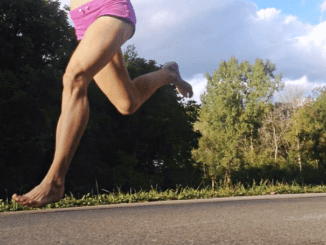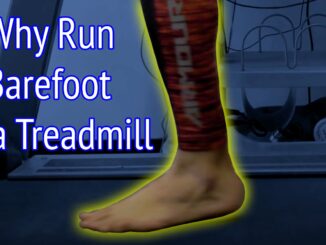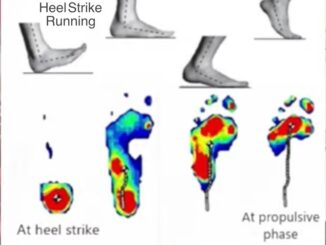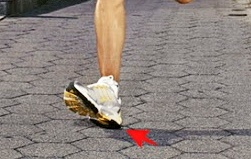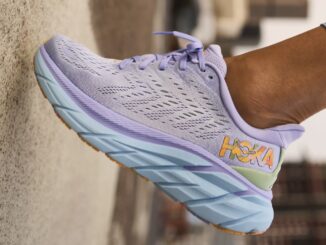
Is It Bad to Run in Cushioned Shoes?
Research has shown that thick underfoot cushioning that’s soft and compressible caused damaging movement patterns of the foot in the form of overpronation (straining side-to-side motions of the heel) during running as compared with firmer underfoot cushioning.

